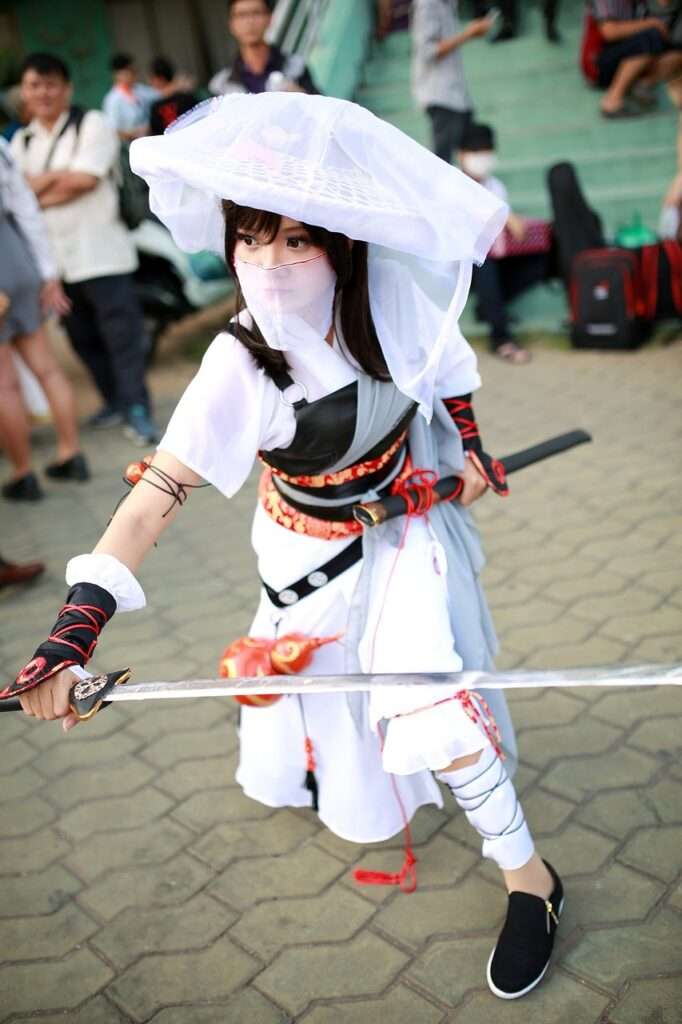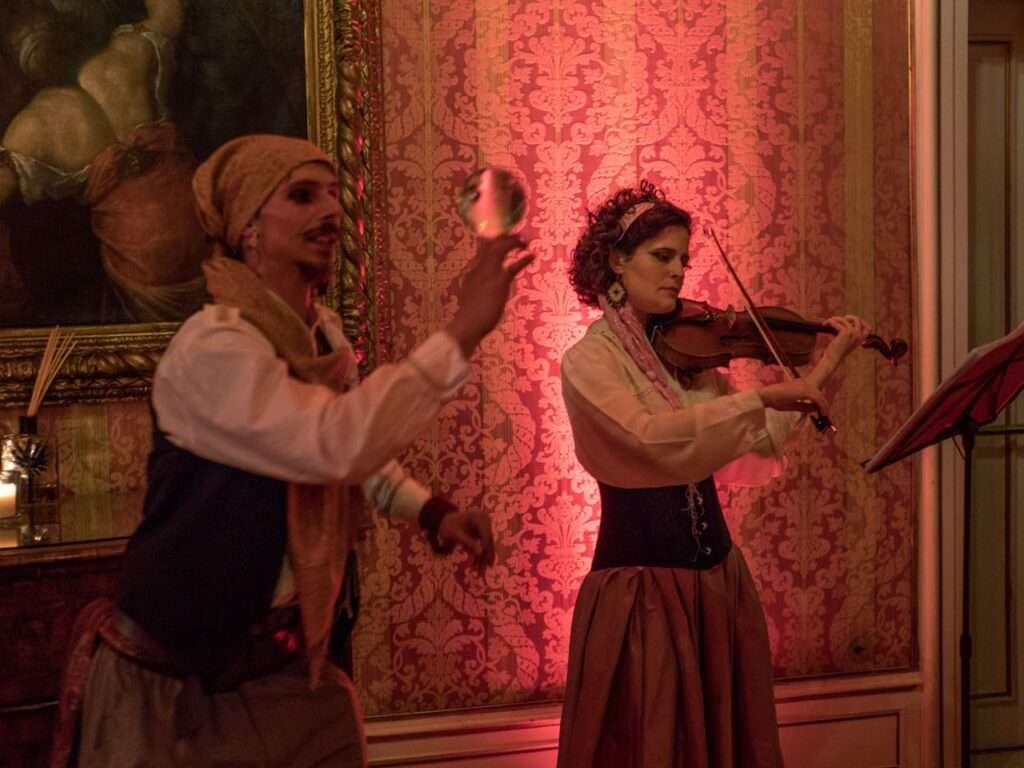
When it comes to the world of elaborate costumes and vibrant celebrations, two cultures stand out: Japanese Cosplay and the Carnival of Venice. Both are rich in history and creativity, offering unique insights into cultural expression through dress. In this article, we compare these two fascinating traditions, highlighting their origins, significance, and cultural impact.
The Art of Japanese Cosplay
Originating in Japan, cosplay is a portmanteau of “costume” and “play.” This practice involves dressing up as characters from anime, manga, video games, and films, embodying both their appearance and personality. Cosplay is a form of self-expression and allows enthusiasts to immerse themselves in a fictional world. Events like the Tokyo Game Show and Comiket are testament to its popularity, where thousands of cosplayers showcase their handmade creations.
Venice Carnival: A Historical Masquerade
In stark contrast, the Carnival of Venice is a historical festival dating back to the Renaissance. Known globally for its ornate masks and elegant costumes, this festival is a celebration of Venice’s rich cultural and historical heritage. The masks, often handmade, range from simple designs to intricate masterpieces adorned with gold leaf and crystals. For a deeper insight into this mesmerizing event, visit Venice Carnival Events.

Cultural Significance: Tradition vs. Pop Culture
The primary difference between Japanese cosplay and the Carnival of Venice lies in their cultural roots and expressions. Cosplay is a modern phenomenon, driven by Japan’s vibrant pop culture and the global influence of its entertainment media. In contrast, the Carnival of Venice is deeply rooted in history, reflecting the grandeur and social dynamics of an era long gone.
Shared Passion for Costuming
Despite their differences, both Japanese cosplay and the Carnival of Venice celebrate the art of transformation through costume. They offer a way for individuals to step out of their everyday lives and into a world of fantasy and history, if only for a moment. These traditions highlight the universal appeal of dressing up and the joy it brings across cultures.

Conclusion
Both Japanese cosplay and the Carnival of Venice are spectacular in their own right, each offering a unique window into the cultural significance of costuming. While they originate from different parts of the world and different eras, they share a common thread – the ability to transcend reality and celebrate the human spirit through the art of dress. As we look at these traditions, we are reminded of the power of costumes to connect us to different worlds, times, and experiences.
